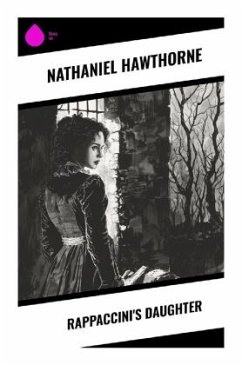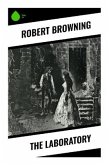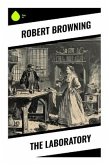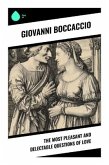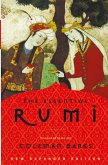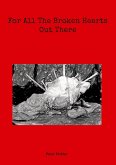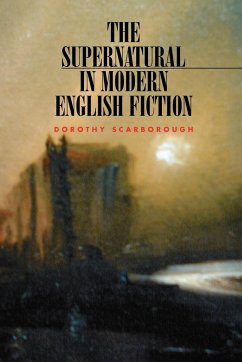In "Rappaccini's Daughter," Nathaniel Hawthorne weaves a rich tapestry of themes such as love, isolation, and the moral implications of scientific experimentation. Set against the backdrop of an exotic Italian garden, the novella explores the relationship between the enigmatic Beatrice Rappaccini, who embodies both beauty and danger due to her father's botanical manipulations, and Giovanni Guasconti, a young scholar captivated yet repelled by her. Hawthorne's prose is marked by its lyrical quality and deep psychological insight, reflecting the Romantic era's fascination with nature and the individual's struggle for identity amidst moral ambiguity. Hawthorne, a prominent figure in American literature, was deeply influenced by his Puritan ancestry and the philosophical currents of Transcendentalism. His interest in the intersection of science and morality is deftly explored in this work, as he critiques the hubris of man attempting to dominate nature. The story reflects his preoccupation with guilt and the complexities of human relationships, stemming from his own experiences and historical context. "Rappaccini's Daughter" is an essential read for those intrigued by the intricate blend of science and human emotion. This novella invites readers to ponder the ramifications of isolation and manipulation in the pursuit of knowledge, making it both a timeless tale and a cautionary exploration of humanity's limits.
Bitte wählen Sie Ihr Anliegen aus.
Rechnungen
Retourenschein anfordern
Bestellstatus
Storno

